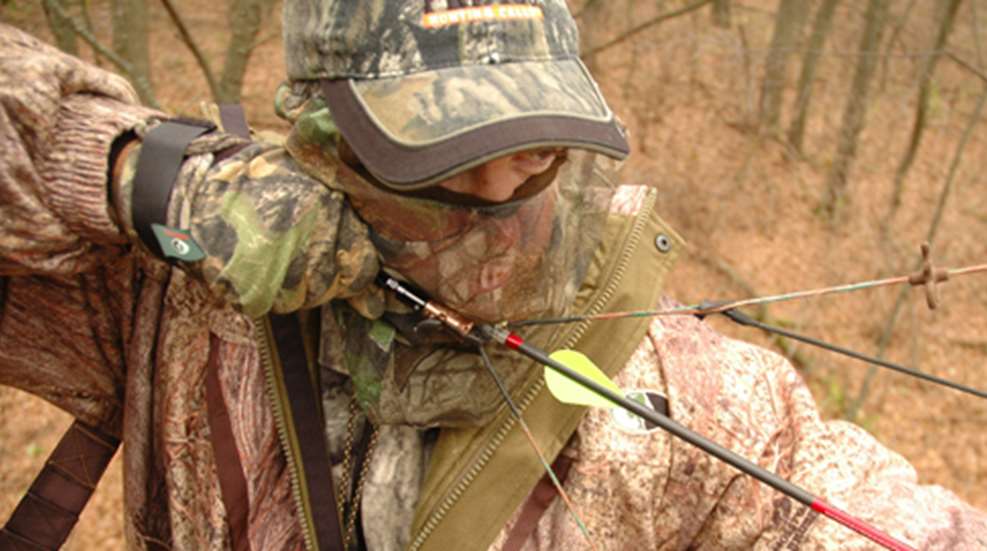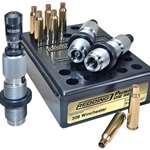
It can be one of the most heated debates on any archery range where hunters are preparing for the coming deer season: Which type of broadhead is best? While many hunters will speak of the qualities of their bow, release, arrows or rest with those around them nodding in polite recognition, when it comes to the type of broadhead he or she uses, their reason for going with a certain type is apt to pull a grunt of disapproval from someone in the crowd. Some fans of mechanicals—many spawned by the popularity of Rage broadheads in recent years—are adamant that the advances in technology have made that the way to go, while fixed-blade purists remain steadfast that their preferred point is still the leader in the field. Cut-on-contact blades have their share of fans as well.
So how do you wade through all of the marketing hype and point/counter-point arguments on the range to make the right choice for your style of hunting? Here’s a stripped-down look at the pros and cons of each so the next time you’re standing in the aisle of your local bow shop trying to make a decision, you can reach for that package of points with the confidence you’re making the right one.
Fixed–Blade Broadheads
Fixed-blade points are the foundation of the broadhead market with more models offered in this style than any other—and more hunters using them. Most fixed-blades employ a chisel-type point intended to deliver a solid bone-breaking crunch and punch through tough hide, along with three to four razor-sharp blades designed to slice through hide and tissue and cut multiple wound channels for rapid blood loss. Most fixed-blade models cut a hole as wide as 1¼ inches, which is more than sufficient to generate an easy-to-follow blood trail.
Pros—The design of the fixed-blade makes it the sturdiest of the three main types of points and is definitely the most forgiving design when it comes to striking ribs or shoulder blades. The simplicity of a fixed-blade means that virtually all of the arrow’s energy is transferred directly to the target, ensuring a better chance of a complete pass-though.
Cons—A broadhead’s blades are flat and will plane through the air, which can alter the path of your arrow, nudging it slightly off target. In a hunt where an inch can make the difference between a quick, humane kill and a never-ending tracking session, how your broadhead tracks during flight is important. The faster your bow, the more concerned you need to be about your arrow’s flight when tipped with a fixed-blade. While the effects are negligible with many of today’s top models, don’t just assume your broadhead choice will fly true. Practice with it on targets to ensure yours mimics the flight of a field point.
Cut-on-Contact Broadheads
Cut-on-contacts are among the most original broadhead designs (particularly when factoring in ancient, friction-formed Indian arrowheads). Most often, two and sometimes three blades are fixed to align into a single, razor-sharp point. There is no heavy chisel-point like on a standard fixed-blade head.
Pros—Because there is no heavy chisel-point to punch through hide, cut-on-contacts are an ideal option when shooting low -oundage bows. They begin slicing as soon as they strike the target, and as a result, need less energy to deliver a lethal shot. Wound channel diameters are on par with those of other fixed-blade designs.
Cons—A two-bladed (or really single blade with two cutting sides) cut-on-contact point only creates a single wound channel. Depending on how it strikes an animal, it can generate a limited blood trail. A three-blade design, such as G5’s Montec or Striker, can minimize this concern, though models with smaller bleeder blades may do little to improve a cut-on-contact’s performance since they are so small that they add nothing in the way of creating a larger cutting diameter. Lacking a heavy point, cut-on-contacts are also less forgiving when striking bone. The thinner tip can curl upon hitting such a hard surface and can hinder both arrow speed and penetration.
Mechanicals Broadheads
As noted, lead by Rage, mechanicals have enjoyed a surge of popularity in recent years, with a number of other mechanical designs and brands vying for recognition in the category. Tipped with a solid, power-transferring point, mechanical blades remain closed until striking the target, at which point they deploy to create a wide wound channel. Original criticism of this design centered on a tendency to be more fragile, a failure to occasionally deploy and a lack of penetration. Older models opened as they were pushed from the front upon impact, not fully expanding until actually inside an animal, which sometimes created a limited blood trail. Newer models, however, utilize a slip-cam or similar design that actually pushes and opens blades from the rear of the broadhead—a much more efficient design that ensures blades are open upon initial penetration.
Pros—With blades tucked away, mechancials don’t suffer from the planing common to fixed-blade heads. As a result, they fly more like a field point. These broadheads also have the ability to deliver a wider cutting diameter—some models as much as 2 to 4 inches. Why? Blades can be made longer since they fold against the body of the broadhead and won’t affect flight.
Cons—Despite the improvements in mechanical design, the same reasons some hunters shunned these blades before still apply. The action required to open blades siphons traces of energy that could otherwise be solely dedicated to directing more punch through a target. Where moving parts are concerned, the opportunity for failure always exists and does still happen from time to time. Wider cutting area isn’t always a positive either, as it means more hide, tissue and muscle to cut through (and potentially more bone to hit, shattering the thinner blades or yawing the arrow’s trajectory sideways as it enters the body). This all serves to slow the arrow’s speed and potentially hinder pass-through shots.
In the end, if you are looking for the ultimate in reliability and penetration, a fixed-blade broadhead just may be the way to go. If you’re looking to generate a wickedly large wound that will bleed profusely or are shooting a super fast bow, a modern mechanical might prove to be a better option. For low-poundage shooters or when hunting smaller game, a simple cut-on-contact may be the ideal. Regardless of which design you choose, always practice with broadheads to ensure arrows are hitting the target in the same place you perfected with field points.





































